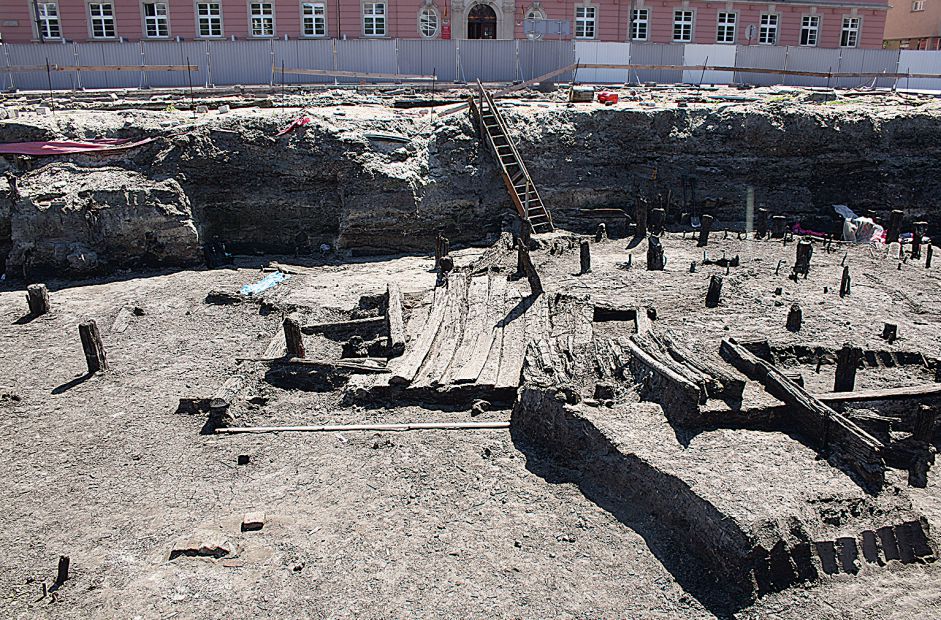Dendrochronology vs. dating of complex stratigraphic sequences
The example of medieval Wrocław
DOI:
https://doi.org/10.35686/AR.2019.12Keywords:
dendrochronology, method value, stratigraphy, Middle Ages, townAbstract
The aim of the paper is to evaluate the usefulness of dendrochronological analyses in studying complex stratigraphic sequences. The problem is discussed based on the example of Wrocław, the main town of historic Silesia, where the thickness of medieval layers containing wood ranges between 3 and 5 m. The first attempts to date them using dendrochronology were made at the end of the 1980s. Some dates, or their short series, were then used as a basis for far-reaching conclusions regarding the chronology of the beginnings of settlement or breakthrough events. The preliminary stage of dendrochronological analyses and uncritical acceptance of interpretations ended in Wrocław with the excavations carried out in 2000. Longer series of dendrochronological dates have become one of the basic tools for dating complex sequences. The results of stratigraphic research and the outcomes of dendrochronological analyses were correlated being aware of limitations set by both categories of sources and methods of their analysis. It was stated that giving up on an in-depth critique of dendrological samples as a category of sources can result in a considerable distortion of the acquired results.
Downloads












